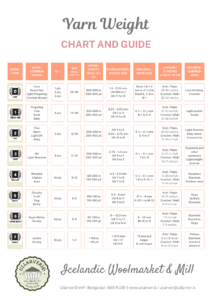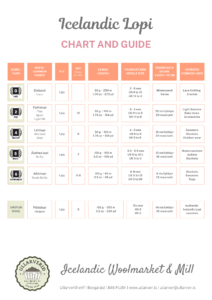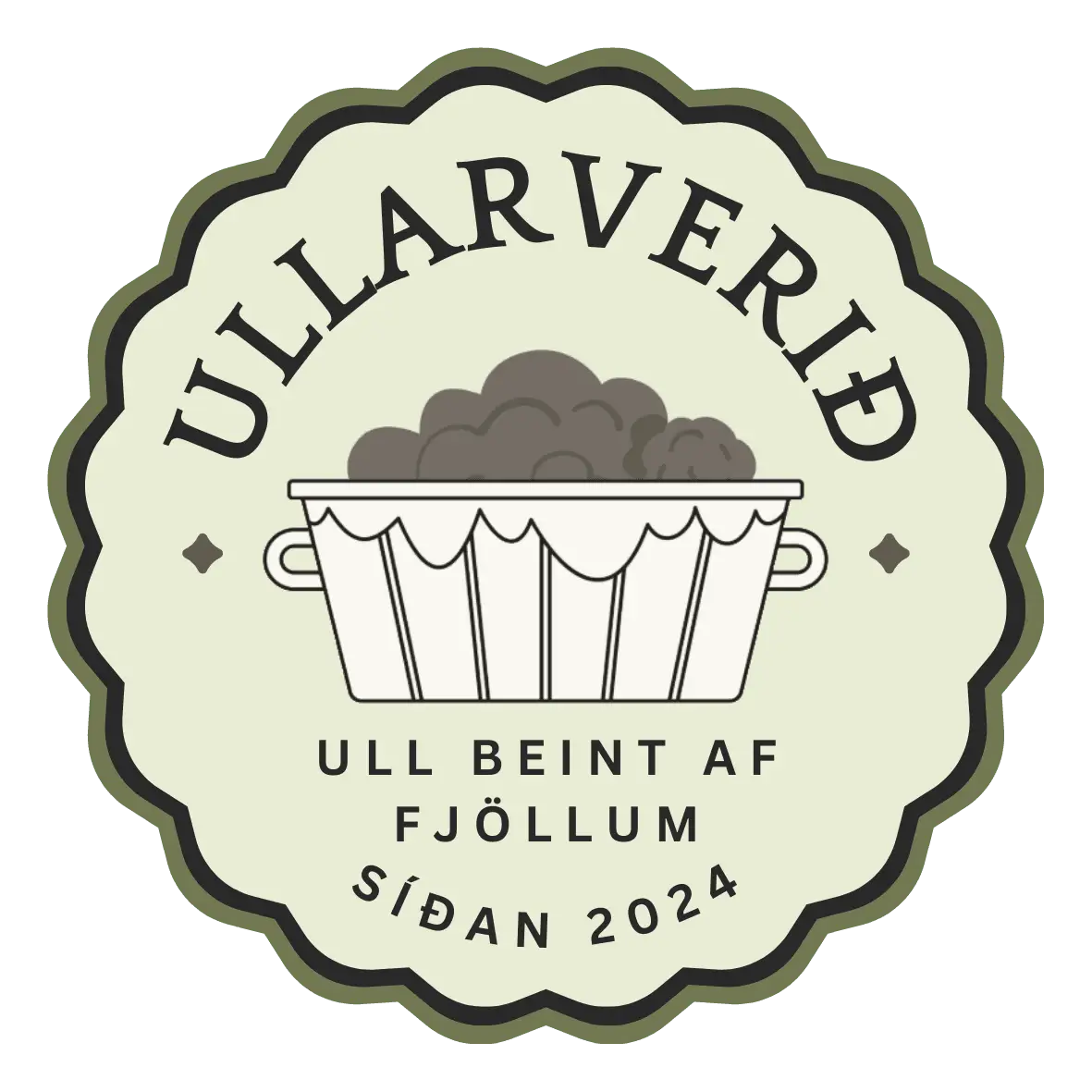
Various trivia
One of the goals of the Icelandic Woolmarket & Mill is to increase knowledge about Icelandic sheep and wool processing.
Icelandic crafts are closely linked to the products of the Icelandic sheep and are therefore a major part of our cultural heritage as Icelanders. We will strive to learn and share ancient and new methods of craftsmanship.
Information will be collected to share with the public. Hopefully, this knowledge can benefit future generations.
Education and courses
Icelandic Woolmarket & Mill will host courses in aspects related to wool processing, dyeing, felting, spinning, etc.
Icelandic Woolmarket & Mill has good facilities for doing the various tasks that people don’t necessarily want to do in their own kitchens.

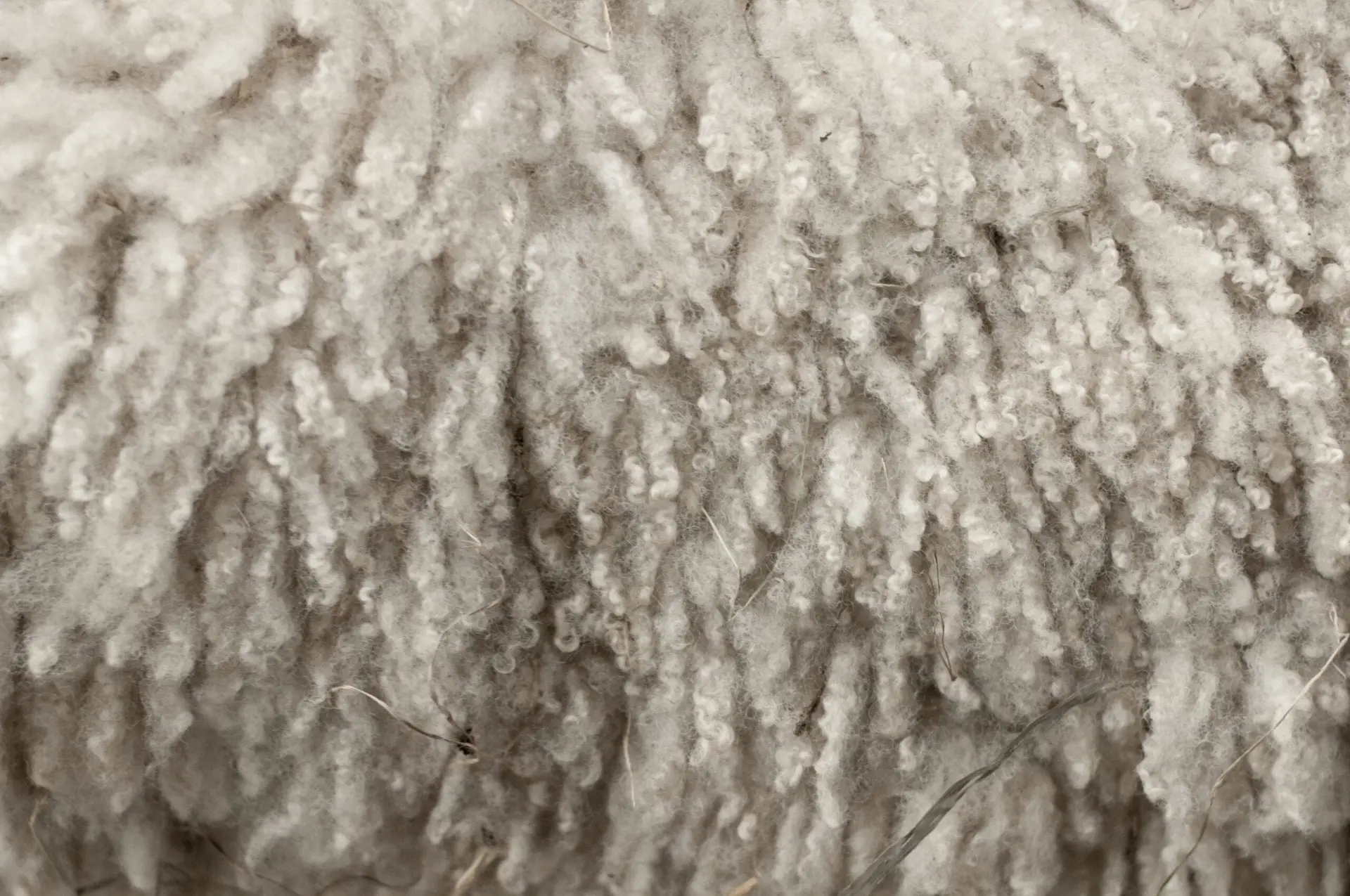
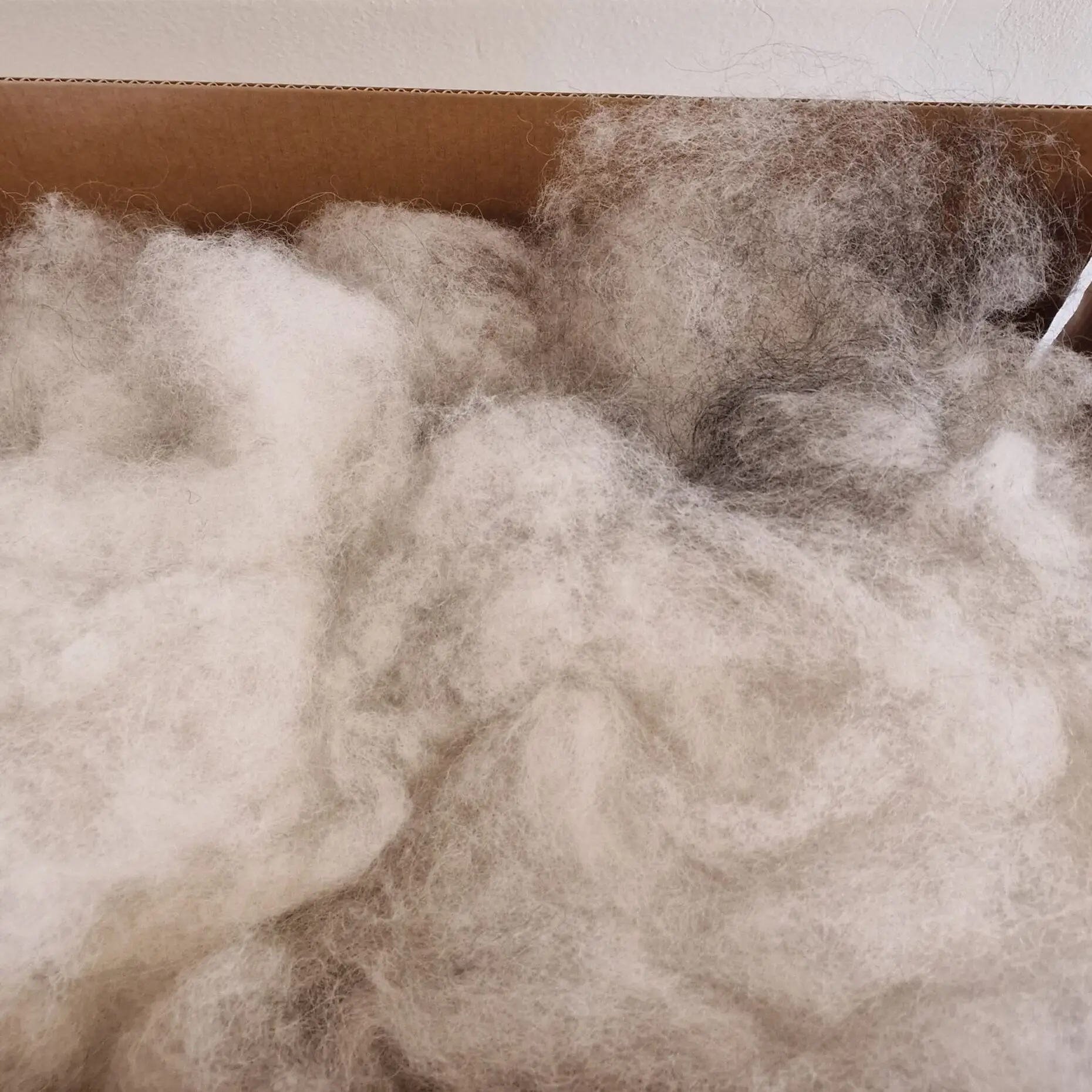
Hnallþóra frá Sölvholti
Ljósmyndari: Dodda
Workshops
Icelandic Woolmarket & Mill is available to rent space for shorter projects. It will be possible to rent day parts to work on individual projects.

Dyeing
The aim is to set up dyeing facilities at the Icelandic Woolmarket & Mill that can be booked. Individuals can then book the facility and work on their craft in an environment suitable for such processing.

Training
The wool mill offers equipment and facilities for dry felting. The aim is also to offer facilities for wet felting.
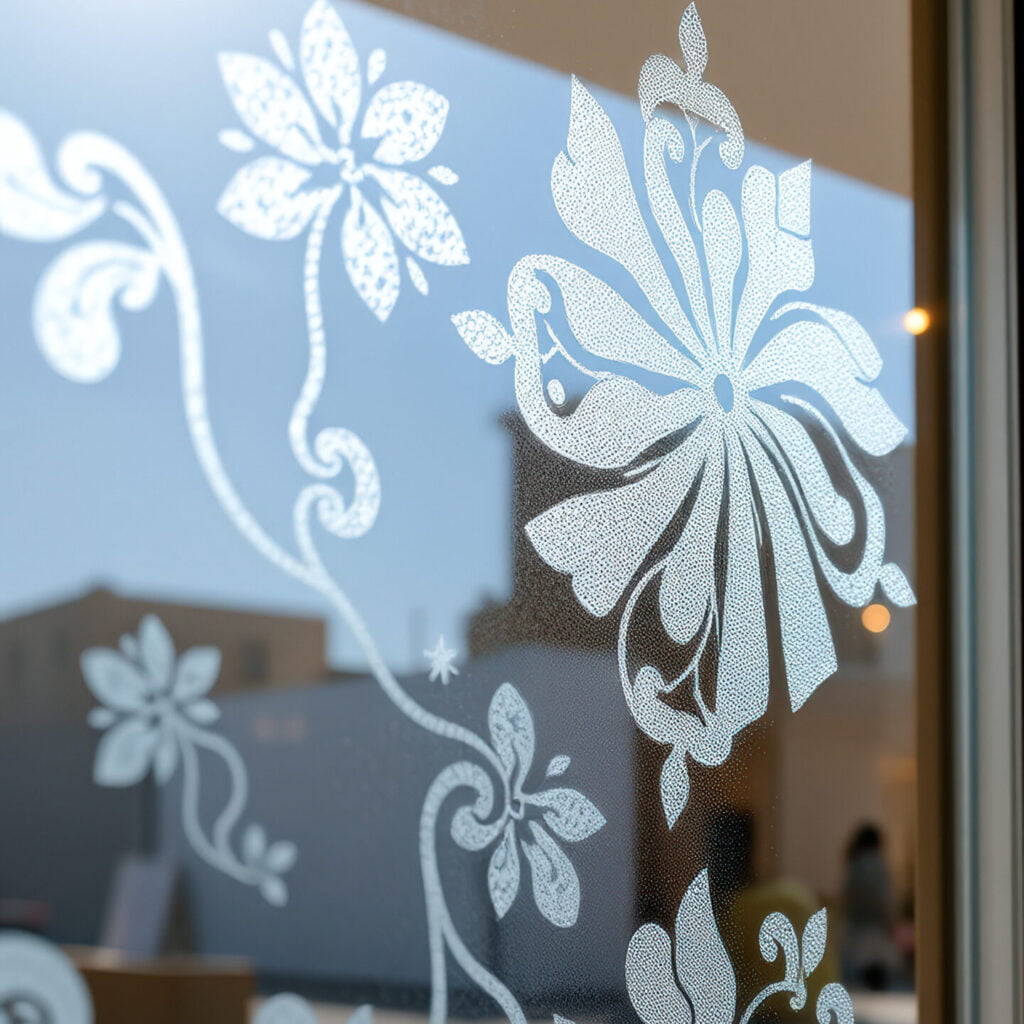
Various devices
At the Icelandic Woolmarket & Mill, it will be possible to rent time on various devices such as a Cricut vinyl cutter, heat press, embroidery sewing machine, etc.

Spinning and weaving
Facilities for hand spinning and setting up a loom will also be available at the Icelandic Woolmarket & Mill.
Questions and answers
Knowledge and education
What do you want to know?
Below is some information we have gathered. Please send an inquiry to ullarver@ullarver.is if you have a question.
The making of Icelandic wool
Wool from Icelandic sheep is divided into fleece and tow. Only a few sheep breeds out of the hundreds that exist in the world today have such a two-haired structure.
A tug is longer and coarser than a tug. It is smooth and water-repellent. The tow forms a protective cover around the animal and protects the animal from wind and weather. The tow hairs give Icelandic wool strength and structure.
The tel are the finest and shortest hairs of the fleece and are found on the inside of the fleece, forming what is known as the tel leg. In Icelandic wool, about 88% of all hairs in the fleece are twill hairs, but because they are so short and fine, they only weigh about 50% of the weight of the fleece.
The tel hairs in Icelandic wool are different from others because they are irregularly jointed. For example, a thread made from Icelandic wool will be bulkier than a thread made from the same number of hairs of, for example, merino wool because the hairs do not lie tightly together in the thread. The hair also holds more air and insulates better than a thread of merino wool.

